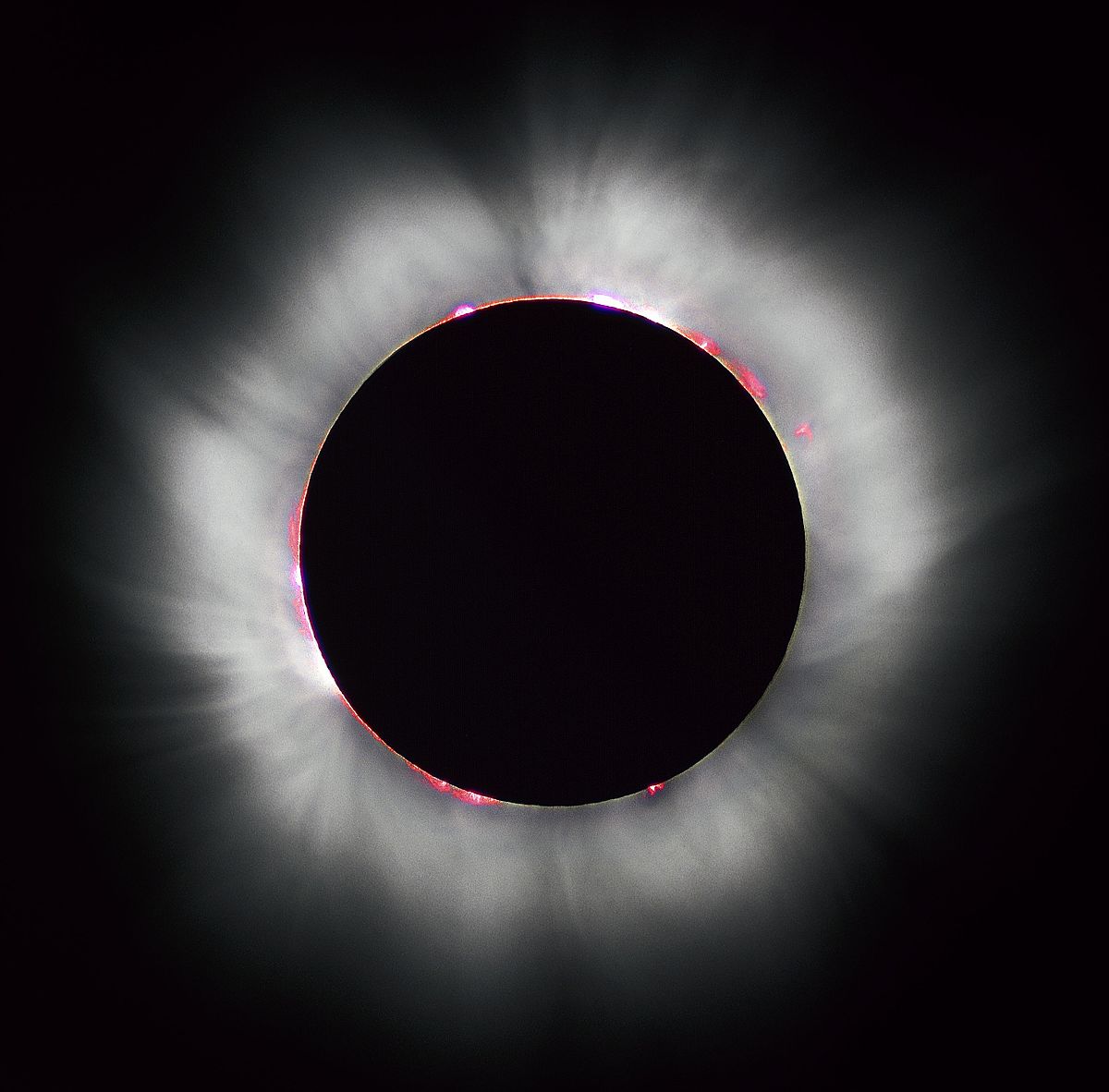Are you an eclipse aficionado? The treat is right on your way. This winter we are going to witness two eclipses. The first one, a partial lunar eclipse will occur on November 19, 2021. The second one, a total solar eclipse will occur on December 4, 2021, about which we are going to discuss each and every minor feature in a detailed format.
This celestial event will be visible from some places, and from some, it won’t. WHY? Well, don’t worry, we will talk about this in the later section. Before going ahead, let me give you a brief review of the definition of a total solar eclipse.
I mean, I want you to know that why this last solar eclipse of 2021 is a total solar eclipse, why not the annular or the partial one? Let’s get into what that means, and what we need to know about it.
What is a Total Solar Eclipse?
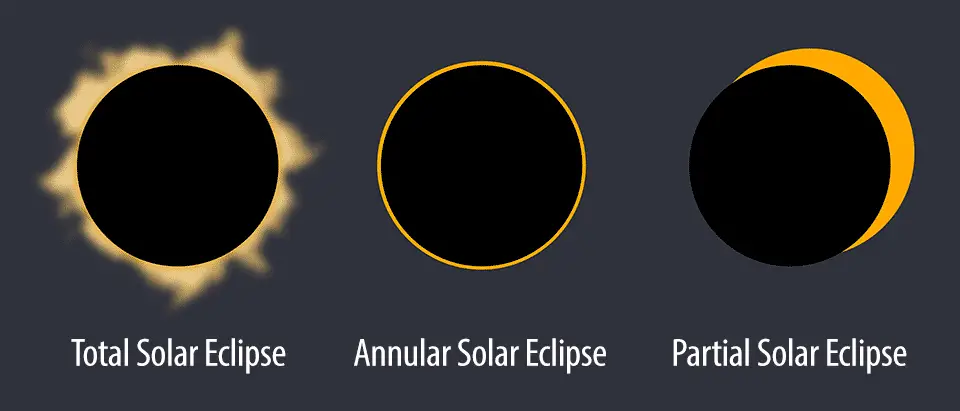
In total, there are three types of solar eclipses. A total solar eclipse, an annular solar eclipse, and a partial solar eclipse. A total solar eclipse occurs when the moon blocks out the sun’s disk entirely. And, for that to happen, the moon has to be near its perigee i.e the closest distance of the moon from the earth. Not to mention, during the total solar eclipse, the magnitude of the eclipse is equal to or greater than 1.
On the other hand, an Annular Solar Eclipse occurs when the moon does not block out the sun’s disk entirely. It only covers the central part of the sun’s disk, leaving the sun’s outer edge to form a thin ring of fire. And, for that to happen, the moon has to be near its apogee i.e the farthest distance of the moon from the earth. Not to mention, during the annular solar eclipse, the magnitude of the eclipse is less than 1.
Similarly, a Partial Solar Eclipse occurs when the moon partially blocks the sunlight from falling on the earth. Moreover, just because the visibility of the partial solar eclipse varies, the magnitude of the partial solar eclipse does not have any fixed value. To know more about them, you can check this article.
When and Where to See Next Total Solar Eclipse?
Just because of the fact that the earth is round when half of the planet is living in the darkness, at the same time, the other half is enjoying the daylight. Therefore, as a result of the earth’s curvature, and, of course, the earth’s tilt, this totality of the sun will be visible only from some specific geographical locations.
Visibility of Total Solar Eclipse of December 04, 2021
The visibility of a total solar eclipse of Dec 04 will solely depend on the fact that where on the earth you live upon. I am quite disheartened to say that there is no way we humans could see this eclipse with our own eyes.
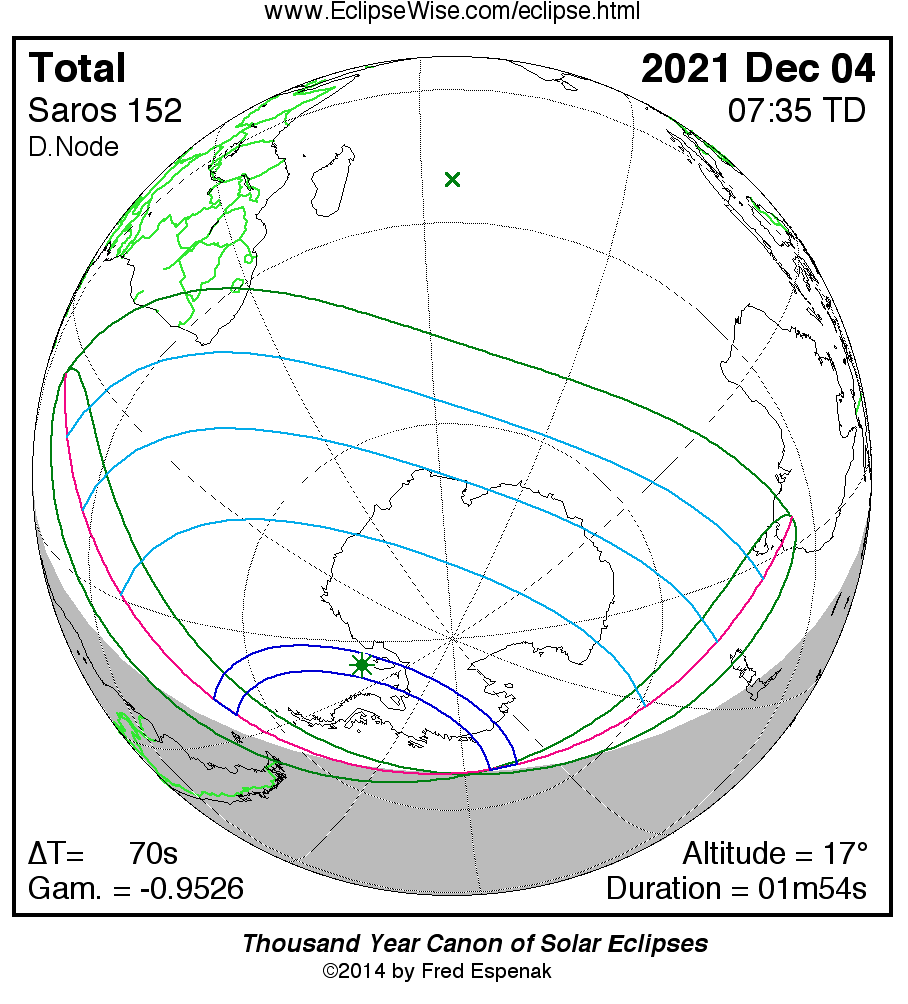
As per Fred Espenak, a total solar eclipse of Dec 04 will sweep across Antarctica. People located at the southernmost tips of South America, Africa, Australia, and New Zealand will experience the partial phases. (Refer to the above image for proper understanding).
However, if you really wanna see this eclipse, you will have to make your way to get to the bottom of the earth’s surface. Not to mention, there are some tourist designated locations near Antarctica coastline such as Union Glacier, Weddell Sea, and Antarctic Peninsula where you can get a glimpse of this celestial sighting.
Editor’s Choice: Top 6 Solar Eclipse Facts in SIX Minutes
Timing of Total Solar Eclipse of December 04, 2021
According to Fred Espenak, on Saturday, December 04, the partial solar eclipse will begin (P1) at 05:29:11.3 UTC. After that, the first external contact of the Umbral shadow with earth will begin (U1) at 07:00:01.0 UTC following the Greatest Eclipse at 07:33:22.5 UTC during which the moon blocks out the sun’s disk entirely. (Refer to the image given below for proper understanding).
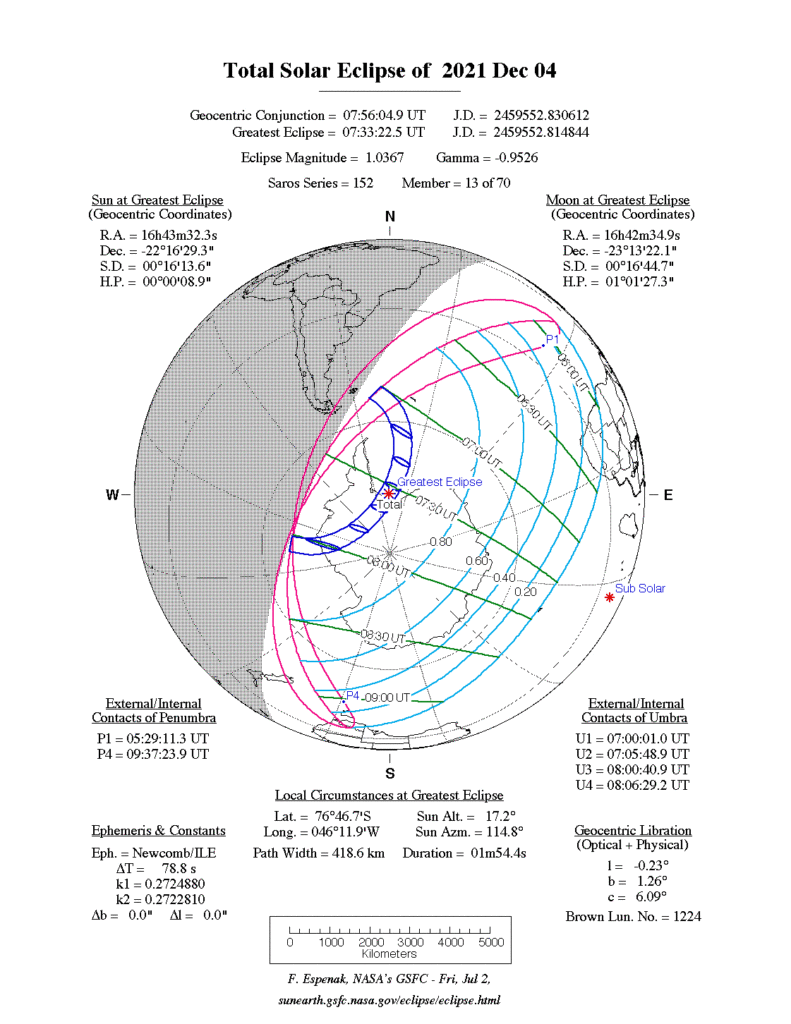
Finally, the last external contact of the umbral shadow of the moon will end (U4) at 08:06:29.2 UTC following the end (P2) of the partial solar eclipse at 09:37:23.9 UTC. The duration of the Greatest Eclipse i.e the total solar eclipse of December 04, 2021, is approximately 1 minute 54 seconds. In order to understand it more clearly, refer to the table given below.
Eclipse Contacts: Total Solar Eclipse of 2021 Dec 04
| Eclipse Event | Contact | Time (UTC) | |
| 1. | Partial Solar Eclipse Begins | P1 | 05:29:11.3 |
| 2. | First External Contact of Umbral Shadow Begins | U1 | 07:00:01.0 |
| 3. | Greatest Eclipse | Greatest | 07:33:22.5 |
| 4. | Last External Contact of Umbral Shadow ends | U4 | 08:06:29.2 |
| 5. | Partial Solar Eclipse Ends | P2 | 09:37:23.9 |
Some Exclusive Facts About Total Solar Eclipse of December 04, 2021
Here are some of the most important and exclusive characteristics facts about the upcoming eclipse of the sun.
- The eclipse magnitude is 1.03673.
- The Eclipse Obscuration 1.07481.
- Total Solar Eclipse of Dec 04 belongs to Saros 152 Table and is number 13 of 70 eclipses in the series.
- On this day, the Sun is in the constellation Ophiuchus.
- For the Total Solar Eclipse of 2021 Dec 04, Gamma has a value of -0.9526.
Special Thanx to Fred Espenak
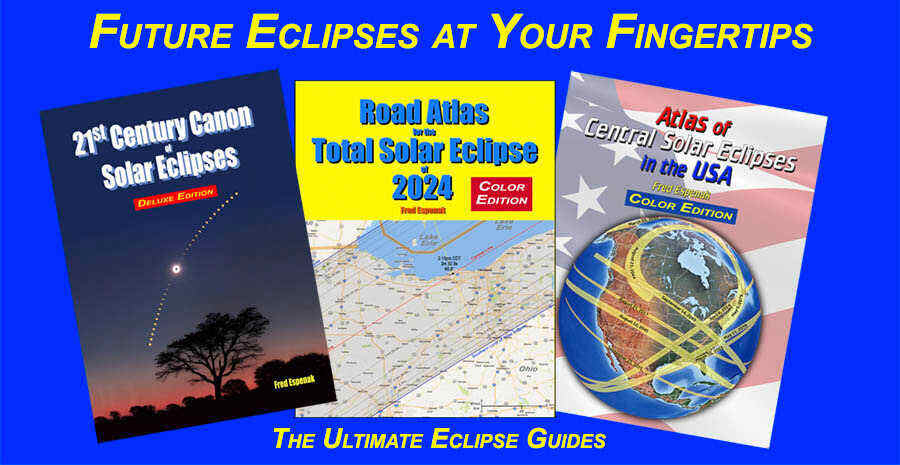
A special thank you note to Mr. Fred Espenak for granting us permission to use the data calculated by him. Fred is a retired American astrophysicist. He worked at the Goddard Space Flight Center. He is best known for his work on eclipse predictions.
Not to mention, he is also the author of several canonical works on eclipse predictions, such as the Fifty Year Canon of Solar Eclipses: 1986–2035 and Fifty Year Canon of Lunar Eclipses: 1986–2035 both of which are standard references on eclipses.
These are just a few to be named. Well, if you want to learn more about the future eclipses at your fingertips, I would suggest you visit his website where you will find all of his Astropixels Publishing.
Editor’s Choice: Difference Between Solar and Lunar Eclipse in Tabular Form
Safety Issue
Is it safe to look at the solar eclipse without special glasses? Well, in my view, it’s a BIG NO. You should never try to look directly at the solar eclipse. However, if you really wanna take a look directly at this celestial event, you should definitely wear protective eyewear or special eye to protect your eyes. WHY???
Because the intensity of light released during any type of solar eclipse can severely damage your eyesight. Not to mention, it is perfectly safe to look directly at any type of lunar eclipse. At last, I wish you good luck with this epic sun gazing. And, do let me know about your astonishing experience in the comment section.
That’s it for this post. If you like this article, share it if you like, like it if you share it. You can also find us on Mix, Twitter, Pinterest, and Facebook. Hey man, If you have come this far, do give us feedback in the comment section. It would make my day. You can also make a donation. Your donations will help us to run our website and serve you BETTER. Cheers!!!
